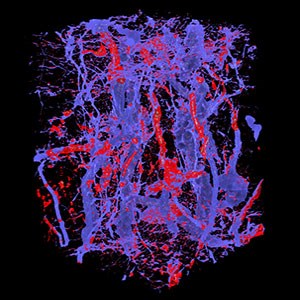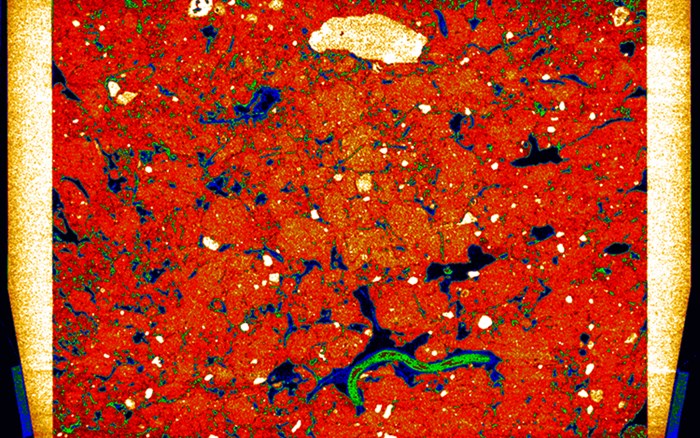Soil and Environmental Physics deals with the physical transport processes that regulate flows of energy and matter in the soil-plant-atmosphere system.
The main goal of our research is to improve basic understanding of transport processes in the soil-crop system and how they are affected by climate, land-use and soil management.
We also work to transfer this knowledge to policy- and decision-makers to support their efforts to develop more sustainable agricultural systems that optimize production, whilst minimizing undesirable impacts on the environment.
Research Themes
Soil structure
Transport processes are strongly influenced by the structure or “architecture” of the soil, and in particular the geometry and topology of the pore space. We make use of X-ray computer tomography to quantify soil structure and also carry out research to determine the effects of soil structure on water flow and solute transport in the unsaturated zone and impacts on groundwater and surface quality. We also have a research interest in how soil structure regulates CO2 emissions from soil, which has important implications for climate change mitigation and adaptation in agricultural systems depleted in soil organic carbon.
Water, carbon and nitrogen flows in the soil-plant system
We carry out research on the effects of climate and land use on crop production, soil water balance and the flow and turnover of carbon and nitrogen in soil-plant system. We take a systems approach, developing and applying simulation models that describe the key processes in the soil-plant-atmosphere system
Pesticides in soil and water
Our research aims to better understand the underlying processes governing the losses of pesticides to groundwater and surface water bodies. We also develop risk assessment and decision-support tools for pesticide transport from soils to water at scales ranging from the farm to the national scale.
Expertise in the group
- Soil structure and its interactions with soil processes
- Soil hydraulic properties, water flow and solute transport, especially the effects of soil macropores (e.g. root channels, earthworm burrows, shrinkage cracks)
- Simulation models of water balance and carbon and nitrogen flows and turnover in the soil-plant system
- Development of simulation models and decision-support tools for pesticide leaching
Spara
Spara


